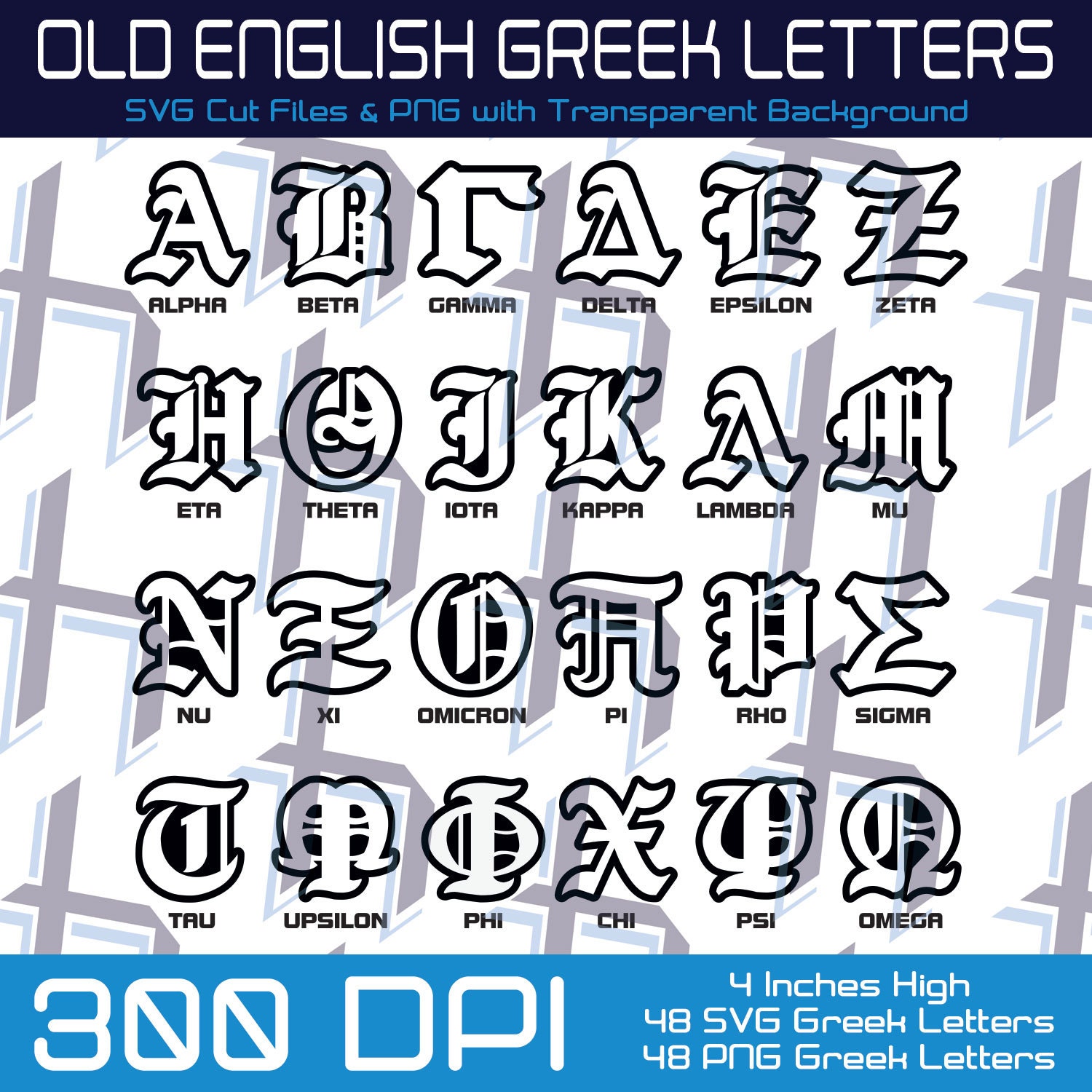
The different ways in which these adaptations were carried out allow the two main branches of the early Greek alphabet-the eastern and the western-to be distinguished. The Greek addition of vowels to the alphabet to make it an analogue of the sound pattern produced a writing system that was both manageable and accurate.

In Greek, /kat/, /kit/, and /kot/ are entirely different words, while in Semitic languages they would be the same word in different grammatically inflected forms. The principal Greek change arose in applying a script developed to represent a Semitic language, in which vowel sounds are of minor importance to the identity of a word, to a language in which such vowel differences are crucial to the identity of a word. The letters for b, g, d, z, k, l, m, n, p, r, and t, which are sounds common to the Semitic and Greek languages, were taken over without change. There are, however, some early Greek inscriptions written from left to right, and after 500 bce Greek writing invariably proceeded from left to right. This change occurred approximately in the 6th century bce. The direction of writing in the oldest Greek inscriptions-as in the Semitic scripts-is from right to left, a style that was superseded by the boustrophedon (meaning, in Greek, “as the ox draws the plow”), in which lines run alternately from right to left and left to right.

SpaceNext50 Britannica presents SpaceNext50, From the race to the Moon to space stewardship, we explore a wide range of subjects that feed our curiosity about space!Ĭlick Here to see full-size table The Greek alphabet derived from the North Semitic script in the 8th century bce.Learn about the major environmental problems facing our planet and what can be done about them! Saving Earth Britannica Presents Earth’s To-Do List for the 21st Century.Britannica Beyond We’ve created a new place where questions are at the center of learning.100 Women Britannica celebrates the centennial of the Nineteenth Amendment, highlighting suffragists and history-making politicians.COVID-19 Portal While this global health crisis continues to evolve, it can be useful to look to past pandemics to better understand how to respond today.Student Portal Britannica is the ultimate student resource for key school subjects like history, government, literature, and more.

This Time in History In these videos, find out what happened this month (or any month!) in history.#WTFact Videos In #WTFact Britannica shares some of the most bizarre facts we can find.Demystified Videos In Demystified, Britannica has all the answers to your burning questions.

Britannica Explains In these videos, Britannica explains a variety of topics and answers frequently asked questions.Britannica Classics Check out these retro videos from Encyclopedia Britannica’s archives.


 0 kommentar(er)
0 kommentar(er)
